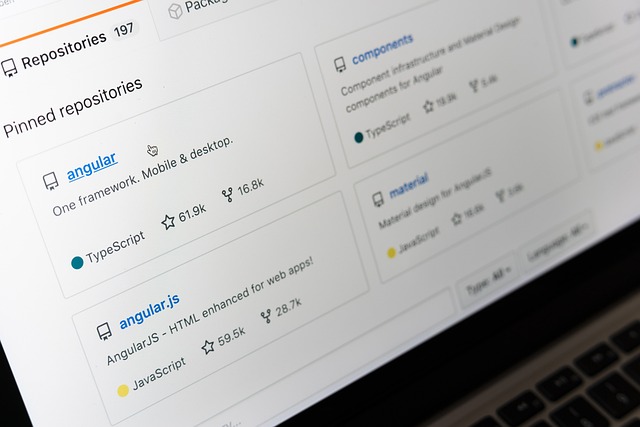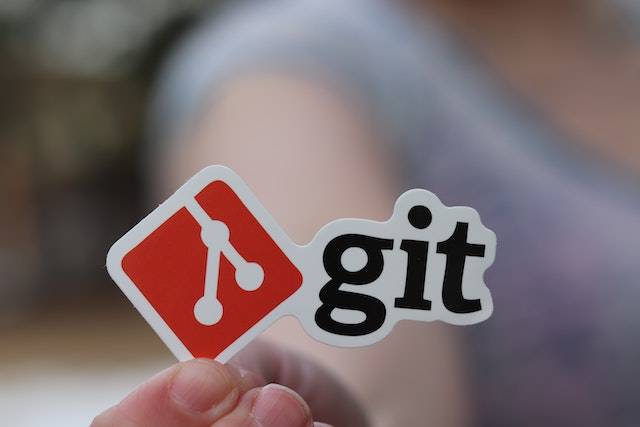In the dynamic world of software development, effective teamwork and organized code management are key to success. Enter Git, a versatile version control system that has transformed collaboration in the industry. In this blog post, we’ll take a friendly dive into Git, exploring its core concepts and real-world benefits. By the end, you’ll be equipped with the knowledge to harness Git’s power and elevate your collaboration skills.
What is Git?

Git is an open-source, distributed version control system that tracks changes in source code during software development. Picture it as a digital time machine that helps developers keep track of their code’s evolution. Originally created by Linus Torvalds in 2005 for managing the Linux kernel, Git has since become a fundamental tool across diverse domains.
Key Concepts:
- Repository: Think of a Git repository as a project’s central storage. It holds all the files, directories, and their complete history. It serves as a collaborative hub where developers can work together seamlessly.
- Commit: A commit captures a specific snapshot of the project at a given moment. It’s like taking a snapshot of your code, including all the changes you made. Each commit is uniquely identified by a hash, and it comes with a brief message explaining the modifications.
- Branch: Git lets you create branches, which are separate lines of development. Imagine branches as different storylines within a project. They allow developers to work on specific features or fixes independently, without interfering with the main codebase.
Example: Let’s say you’re developing a website. You can create a “feature” branch to work on a new feature, such as implementing a login system. Meanwhile, other team members can work on their own branches for different features or bug fixes.
- Merge: Merging is the process of combining changes from one branch into another. When a feature or fix is complete, merging integrates those changes seamlessly. Git intelligently resolves conflicts and ensures a smooth transition of code.
Example: Once you finish implementing the login system in your “feature” branch, you can merge it with the main codebase. This combines your changes with the existing code, making the login feature available to everyone.

- Pull and Push: Git enables collaboration by allowing developers to retrieve changes from a remote repository (pull) and share their local changes with others (push).
Example: Let’s say a team member has made some updates to the project and pushed them to the remote repository. To incorporate those changes into your local copy, you can pull them. Conversely, when you’ve made changes locally and want to share them, you can push them to the remote repository.
Benefits of Git:
- Distributed Architecture: Git’s decentralized nature ensures that each developer has a complete copy of the repository, including its entire history. This redundancy boosts fault tolerance and allows for offline work, enabling developers to collaborate effectively.
- Collaboration and Branching: Git simplifies teamwork by enabling multiple developers to work simultaneously on different aspects of a project. With branches, everyone can make progress independently, minimizing conflicts and fostering productivity.
- Version Control: Git provides a comprehensive history of code changes, empowering developers to track modifications, roll back to previous versions, and investigate issues efficiently.
- Speed and Performance: Git’s design emphasizes performance, even with large codebases. Its optimized algorithms and data structures make it a reliable choice for projects of any scale, ensuring smooth and swift operations.
- Ecosystem and Integration: Git boasts a vibrant ecosystem of tools, services, and integrations. Platforms like GitHub, GitLab, and Bitbucket offer additional collaboration features, issue tracking, and seamless integration with other development tools, enhancing productivity and convenience.








